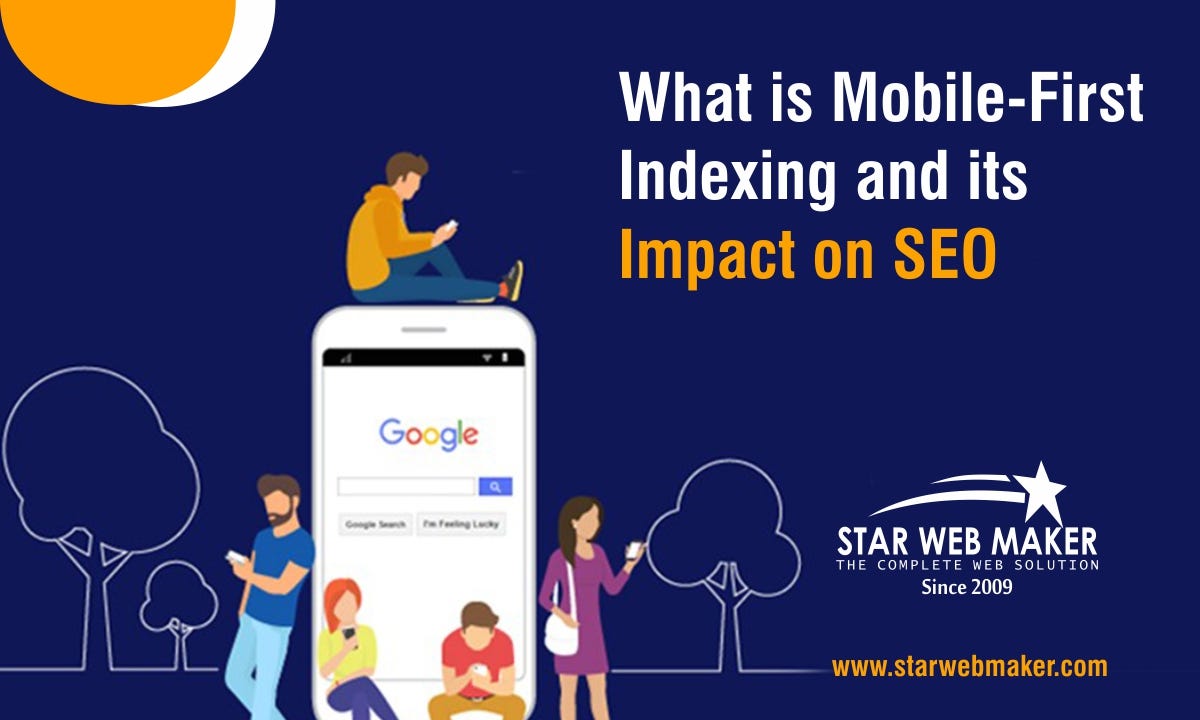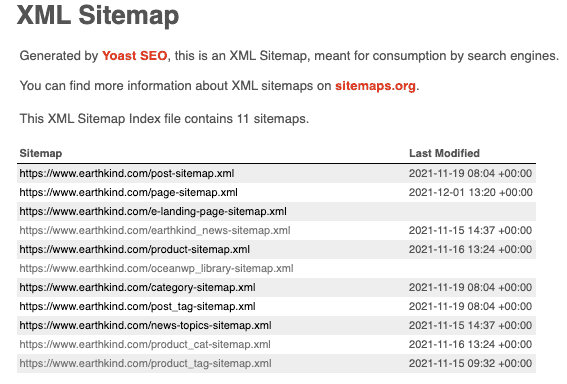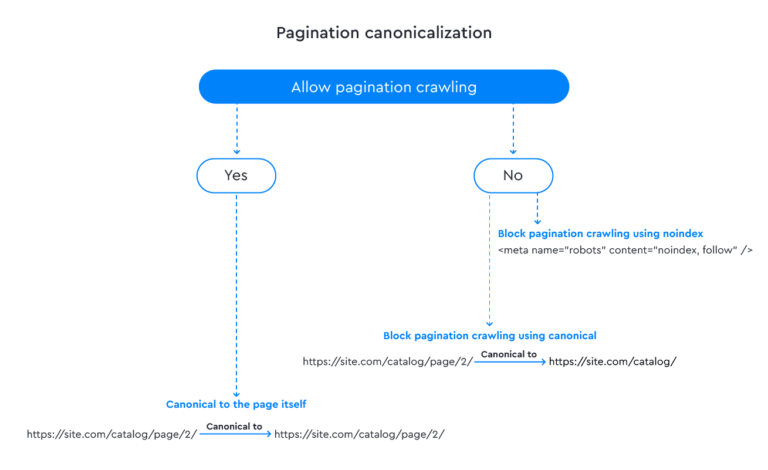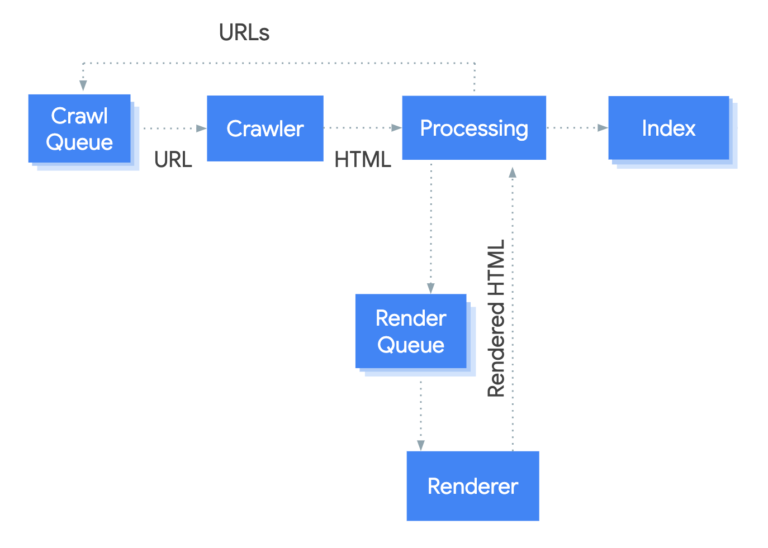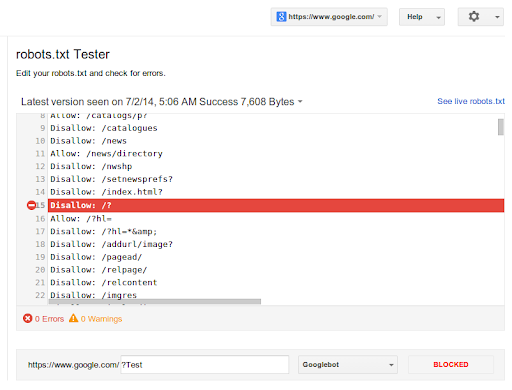Mobile-friendliness significantly affects website indexing by improving search engine rankings and enhancing user experience. Google prioritizes mobile-optimized sites in its search results.
In today’s digital landscape, mobile-friendliness is crucial for website success. With more users accessing the internet via smartphones, websites must be optimized for mobile devices. A mobile-friendly design ensures faster loading times, easy navigation, and better overall user experience. Google’s mobile-first indexing means search engines primarily use the mobile version of a site for ranking and indexing.
This approach directly impacts a website’s visibility and traffic. Investing in mobile optimization not only boosts search engine rankings but also increases user engagement and satisfaction, ultimately driving more conversions and growth for your business.

Understanding Mobile-friendliness
In today’s digital age, mobile-friendliness is crucial for website success. Search engines prioritize websites that offer a seamless mobile experience. This means that mobile-friendly websites are more likely to rank higher in search results. Understanding what makes a website mobile-friendly can help improve your site’s visibility.
Key Features
A mobile-friendly website has several key features. These features ensure that users can easily navigate and interact with the site on a mobile device.
- Responsive Design: The website adjusts its layout based on the screen size.
- Fast Loading Speed: Mobile users expect quick access to content.
- Easy Navigation: Menus and buttons should be easily tappable.
- Readable Text: Text should be legible without zooming.
- Optimized Images: Images should load quickly and be properly sized.
Mobile Vs. Desktop
Websites may appear differently on mobile devices compared to desktops. Understanding these differences is essential for optimizing user experience.
| Feature | Mobile | Desktop |
|---|---|---|
| Layout | Responsive and Adaptive | Static or Fixed |
| Navigation | Touch-friendly, Simplified Menus | Hover Menus, Detailed Navigation |
| Loading Speed | Optimized for Speed | Heavier Content |
| Content | Condensed, Prioritized Content | More Detailed, Comprehensive |
By focusing on these features, you can ensure your website is both mobile-friendly and highly indexed by search engines.
Google’s Mobile-first Indexing
Understanding Google’s Mobile-First Indexing is crucial for website owners. It changes how Google indexes and ranks your site. Google now prioritizes the mobile version of your site for indexing.
What It Means
Google’s Mobile-First Indexing means the search engine primarily uses the mobile version of your site. This affects how your content appears in search results. If your website isn’t mobile-friendly, it may rank lower.
Google looks at the mobile content first. Ensure your mobile site has the same content as your desktop site. Missing content can affect your search rankings.
Implementation Timeline
Google started rolling out Mobile-First Indexing in 2016. By July 2019, it became the default for all new websites. Older websites started transitioning in March 2021.
| Year | Event |
|---|---|
| 2016 | Initial Rollout |
| July 2019 | Default for New Websites |
| March 2021 | Transition for Older Websites |
Ensure your site is mobile-optimized. Use responsive design techniques. Test your site on various devices. This helps maintain your search ranking.
Benefits Of Mobile-friendly Websites
Optimizing for mobile devices is crucial. Mobile-friendly websites bring many benefits. They enhance user experience and improve search engine rankings.
User Experience
A mobile-friendly website enhances user experience. It offers an easy-to-navigate interface. Users can quickly find what they need. This increases user satisfaction. A well-designed mobile site adapts to various screen sizes. Text is readable without zooming. Buttons are easy to click. Images load quickly.
Consider these key points:
- Responsive design adjusts to screen size
- Easy navigation improves accessibility
- Quick load times enhance user experience
Bounce Rates
A mobile-friendly website reduces bounce rates. Users stay longer on a well-optimized site. They are less likely to leave quickly. This reduces bounce rates and increases engagement.
Here’s a simple comparison:
| Feature | Mobile-Friendly | Non-Mobile Friendly |
|---|---|---|
| Navigation | Easy | Challenging |
| Load Time | Fast | Slow |
| Bounce Rate | Low | High |
Lower bounce rates improve your site’s SEO. Search engines rank mobile-friendly sites higher. This drives more traffic to your website.
Common Mobile-friendly Practices
Making your website mobile-friendly is crucial for better indexing. Search engines prioritize mobile-friendly sites. Implementing common mobile-friendly practices can boost your website’s performance. Below are essential practices to consider.
Responsive Design
Responsive design ensures your website adjusts to any screen size. This adaptability improves user experience. It also helps search engines crawl and index your site effectively.
- Flexible Layouts: Design layouts that change based on screen size.
- Fluid Grids: Use relative units like percentages for grid elements.
- Media Queries: Apply CSS rules for different screen resolutions.
Responsive design makes your site accessible on all devices. This leads to higher engagement and better SEO.
Accelerated Mobile Pages (amp)
AMP is an open-source project by Google. It aims to make web pages load faster on mobile devices. Implementing AMP can significantly improve your website’s loading speed.
Key features of AMP include:
- AMP HTML: A restricted version of HTML for better performance.
- AMP JS: JavaScript library ensuring fast rendering.
- AMP Cache: Delivers optimized content quickly.
Using AMP can enhance user experience. This may result in higher rankings on search engines.
Tools For Testing Mobile-friendliness
Ensuring your website is mobile-friendly is crucial for SEO. Google prioritizes mobile-friendly sites in its indexing. There are several tools available to test your site’s mobile-friendliness.
Google Mobile-friendly Test
The Google Mobile-Friendly Test is a free tool. It helps you determine your site’s mobile compatibility. To use it, visit the Google Mobile-Friendly Test page.
- Enter your website URL.
- Click the “Test URL” button.
- Wait for the results. Google will show if your site is mobile-friendly.
The tool also provides suggestions. It helps fix issues affecting mobile usability.
Third-party Tools
Several third-party tools also test mobile-friendliness. These tools often provide additional insights.
| Tool | Features |
|---|---|
| GTmetrix | Page speed analysis, mobile-friendliness, and optimization tips. |
| Pingdom | Performance grades, load time, and mobile usability. |
| BrowserStack | Live testing on real devices, screenshots, and detailed reports. |
Using these tools, you can improve your site’s mobile experience. This improvement can boost your SEO and user satisfaction.
Strategies To Improve Mobile-friendliness
Mobile-friendliness is crucial for website indexing. To improve your website’s mobile-friendliness, you need effective strategies. This section covers key strategies to enhance mobile-friendliness.
Optimize Images
Images can slow down your website. To avoid this, use image optimization techniques. Here are some tips:
- Use compressed images to reduce file size.
- Choose the right image format like JPEG or PNG.
- Use responsive images to adjust for different screen sizes.
By optimizing images, your site will load faster on mobile devices.
Improve Page Load Speed
Page load speed is vital for mobile users. A slow page can lead to high bounce rates. Follow these steps to improve load speed:
- Minimize HTTP requests by reducing the number of elements on a page.
- Enable browser caching to store static files on users’ devices.
- Use content delivery networks (CDNs) to distribute your content globally.
These steps ensure your site loads quickly on mobile devices.
| Strategy | Action |
|---|---|
| Optimize Images | Compress, use right formats, responsive images |
| Improve Page Load Speed | Minimize HTTP requests, enable caching, use CDNs |
Implementing these strategies will make your site more mobile-friendly.
Monitoring And Analytics
Mobile-friendliness is critical for website indexing. Monitoring and analytics help understand how well your website performs on mobile devices. This section covers tracking performance and adjusting strategies to enhance mobile-friendliness.
Tracking Performance
Tracking the performance of your mobile website is essential. Use tools like Google Analytics to measure key metrics. Pay attention to:
- Page load time
- Mobile bounce rate
- Mobile user sessions
These metrics give insights into user experience. A slow page load time can increase bounce rates. Lower bounce rates improve your indexing.
Google Search Console is another valuable tool. It provides mobile usability reports. These reports highlight issues like:
- Clickable elements too close
- Text too small to read
- Content wider than screen
Fix these issues to enhance mobile-friendliness. This helps in better indexing.
Adjusting Strategies
Regular monitoring helps in adjusting strategies. Based on analytics, you can:
- Optimize images for faster loading
- Use responsive design for better adaptability
- Improve mobile navigation for ease of use
Optimized images reduce load times. Responsive design ensures content fits any screen size. Improved navigation enhances user experience.
Table representation of adjustments:
| Issue | Strategy |
|---|---|
| Slow Page Load | Optimize images, use faster hosting |
| High Bounce Rate | Improve content layout, enhance navigation |
| Mobile Usability Issues | Fix clickable elements, adjust text size |
Adjusting strategies based on data ensures continuous improvement. This keeps your website mobile-friendly and better indexed.

Case Studies
Understanding how mobile-friendliness affects website indexing is crucial. Let’s explore real-world examples. These case studies show both success stories and lessons learned from optimizing for mobile.
Success Stories
Many businesses have seen significant improvements. They optimized their websites for mobile users. Here are some success stories:
- Company A: After redesigning their site for mobile, their traffic increased by 50%.
- Company B: They saw a 40% boost in search rankings after optimizing for mobile.
- Company C: Conversion rates doubled once they made their site mobile-friendly.
| Company | Improvement |
|---|---|
| Company A | 50% increase in traffic |
| Company B | 40% boost in search rankings |
| Company C | Double conversion rates |
Lessons Learned
Not all attempts at mobile optimization have been successful. Here are some lessons learned:
- Speed is critical: Users leave if pages load slowly.
- Navigation matters: Complex menus frustrate mobile users.
- Content readability: Small fonts and long paragraphs are hard to read.
These lessons show what to avoid. Focus on speed, easy navigation, and readable content. This ensures a better mobile experience.
Frequently Asked Questions
How Does Mobile-friendliness Impact Website Indexing?
Mobile-friendliness ensures better user experience, leading to improved search rankings. Google prioritizes mobile-optimized sites in its indexing process.
Why Is Mobile-first Indexing Important?
Mobile-first indexing means Google predominantly uses the mobile version of content for indexing. It enhances your site’s visibility on search engines.
What Makes A Website Mobile-friendly?
A mobile-friendly website adapts to various screen sizes, loads quickly, and offers easy navigation. This improves user engagement.
How Can I Test My Website’s Mobile-friendliness?
Use Google’s Mobile-Friendly Test tool. It analyzes your site’s performance on mobile devices and offers suggestions for improvement.
Conclusion
Mobile-friendliness is crucial for website indexing. Search engines prioritize mobile-optimized sites, improving rankings. A responsive design enhances user experience and boosts traffic. Ensure your site is mobile-friendly to stay competitive. Regular updates and mobile testing are essential. Embrace mobile-friendliness to achieve better visibility and higher search engine rankings.

